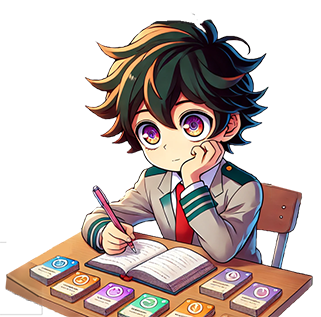Anatomy Introduction
This deck contains flashcards, with side2 being the question and side 1 being the answer. Topics include:
What are the major organs of the body?
Function of the heart
Structure of the human skeleton
Main parts of the brain
Role of the lungs
Function of the kidneys
Structure and function of the liver
Anatomy of the digestive system
Function of the skin
Main components of blood
Function of the nervous system
Structure of a neuron
Role of the endocrine system
Function of the pancreas
Anatomy of the cardiovascular system
Role of the lymphatic system
Structure of the muscular system
Function of the immune system
Anatomy of the urinary system
Role of the reproductive system
Function of the spleen
Structure of the eye
Anatomy of the ear
Role of the thyroid gland
Function of the adrenal glands
Anatomy of the gastrointestinal tract
Role of the bone marrow
Structure of the respiratory system
Function of the esophagus
Role of the small intestine
Anatomy of the large intestine
Function of the bladder
Structure of the spine
Role of the pituitary gland
Function of the gallbladder
Anatomy of the joints
Role of the hypothalamus
Function of the ovaries/testes
Structure of the heart chambers
Role of the trachea
